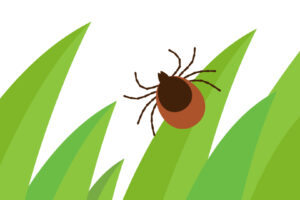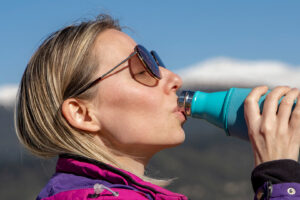For many middle school and high school students, summer is the time to relax: no alarms, lazy days by the pool or at the beach, later bedtimes. But these months of relaxation can result in injury when student-athletes return to the field in September if they aren’t careful.
When the school year starts and athletes begin practice for their chosen sports, those who didn’t keep up with strength and conditioning activities during the summer are more susceptible to injury than those who keep working out year-round.
In 2013, according to the Consumer Product Safety Commission:
- Approximately 881,700 football-related injuries occurred in youths aged 5 to 18 years old
- Nearly 434,000 youths were treated for soccer injuries
- 99,884 youths were treated for cheerleading-related injuries
- More than 94,000 youths were treated for volleyball-related injuries
Common Fall Sports Injuries
The most common injuries student-athletes sustain while participating in fall sports include:
- Football: Concussions, hamstring injuries, knee injuries, anterior cruciate ligament (ACL) tears, meniscus tears
- Soccer: Ankle injuries, hamstring strains, joint damage, stress fractures
- Cheerleading: Concussions, facial contusions, wrist fractures
- Volleyball: Wrist injuries
- Track: Overuse injuries, such as hamstring strains, hip tendonitis, knee tendonitis, shin splints, joint damage, stress fractures
Defending Against Injury
To prevent injury, I recommend the following tips:
-
- “Pre-hab” in the off-season. This can include core exercises, stretching, and strength training.
- Get a sports physical. Physicals provide an opportunity to discuss any issues that you’re experiencing with your doctor before starting an activity that may make them worse.
- Start slowly. If you’ve taken time off from working out, begin slowly and gradually increase workout intensity to get back to your top form.
- Cross-train in sports that don’t require the repetitive use of the same body part. For example, mix baseball with soccer to use your upper and lower body.
- Be attuned to the mechanics of your sport. Many injuries occur when an athlete breaks proper form, leading to a strained muscle, joint damage, or stress fracture. Ask for additional training in proper mechanics if needed.
- Avoid muscle overuse. Your body needs rest between workouts to recover properly. When you work out too much, you increase your risk of developing a repetitive motion injury, joint damage, and muscle fatigue. In extreme cases, athletes can develop overexertion syndrome, which is when muscle fibers break down due to lack of rest and recovery.
- Keep your body hydrated. Dehydration can result in headaches, muscle fatigue, and cramping, and it can affect your performance. A good rule of thumb is to drink before you get thirsty to replenish your body’s electrolytes.
- Choose the best means of hydration. You can’t go wrong with water. However, if you’re sweating a lot, you’re losing sodium. Sports drinks can replenish this sodium, but they’re also high in sugar and carbohydrates, so you’ll need to watch your intake.
Words of Caution for Parents
Concussions have gotten a lot of attention in recent years. While a head injury can have serious medical, emotional, and psychological consequences, it’s important to understand that not every head injury results in a concussion.
Lastly, avoid pushing your child to play a sport he or she no longer enjoys. The goal in sports isn’t to excel; it’s to perform an activity that the athlete enjoys. If your child is no longer having fun, the risk of injury increases. Encourage “the love of the game” in your child—and be supportive if they no longer have it.
 Dhimant Balar, DO, is fellowship trained and board-certified in internal medicine and sports medicine. He can be reached by calling 866-CENTRA7.
Dhimant Balar, DO, is fellowship trained and board-certified in internal medicine and sports medicine. He can be reached by calling 866-CENTRA7.





